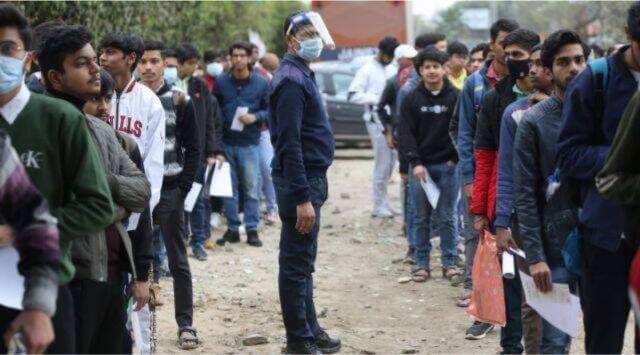[ad_1]
There is a real estate trend, which is typical to Mumbai and primarily defined by its local railway lines. Families living within the Mumbai island city often move to its suburban areas when they expand and require additional space. Similarly, those residing in the suburbs tend to look beyond the border or ‘Check Naka’ when they look at more residential space, but again, it is mostly along the same western railway line.
Over the decades, Mumbai has seen many suburban areas and exurbs being identified as ‘emerging localities with growth potential.’ Traveling through different parts, people would regale you of tales about how areas that was scantily populated have emerged as bustling destinations.
If one considers the areas along the Western Railway line, then Linking Road and Khar East, Vakola, Kalina, Lokhandwala Andheri, Four Bungalows, Seven Bungalows, Versova, Bangur Nagar, Link Road, Madh, Marwe, Mahavir Nagar, Charkop, Gorai, Dahisar, Mira Road, Bhayandar, come to mind. There was a stage when these too were earlier labelled as ‘upcoming’ areas, but they are now considered well-established locations.
Like the trains moving along the railway tracks, real estate development and therefore, home purchase transactions too have continued to proceed in the northern direction with the exurbs along the Western Railway line stretching past Vasai-Virar and extending up to Dahanu. While there is greater awareness about these locations now, I can recall a time when they were almost as little known as far away hill stations.
Take for instance, Vasai. What is Vasai? Where is Vasai? These were the typical questions we asked when growing up. Except for the Bassein Fort, and some beaches that one visited, one knew little about Vasai. Anything after Borivali was alien then, and after the train proceeded to Virar, you could see the clear sky on both sides with barely a few pockets of development.
I became more curious when one of our neighbours sold their flat in Vile Parle and shifted to Vasai, buying three flats there in 1986. It suited their requirements then, as a large joint family got split into nuclear families, with each getting adequate space there within the same budget. They started promoting the concept during interactions, asking us to shift to Vasai and become their neighbours again. It sounded dreadful and too far away at that time to someone used to travelling in Andheri terminating local trains.
However, two things have changed that perception. Recently, Ravindra Kadam, another resident of Vile Parle east since his birth, was used to living in a compact suburb where everything is close to the house, be it a station, school, college, market, etc. But with the onset of redevelopment, most of the old structures have transformed into large apartment buildings.
Since the building where he grew up was also undergoing the same transformation, rather than wait for the redeveloped building to come up, Ravi zeroed in on Vasai east, and bought a property there. Commenting on the shift, he says, “Change is always a challenge, but surely this was a change for the better. There is more greenery, the air is fresh and I get that wonderful experience of a township that I used to have in Vile Parle once. In terms of infrastructure, and facilities, Vasai is comparable with many distinctive areas across Mumbai.”
The second is the passage of time. Over the years, I have been to Vasai on several occasions, to visit some factories, experience the townships, and board a Humsafar Express to Chennai. Once known for its historical significance, Vasai has now not only emerged as a vibrant city but is also a thriving hub for real estate development. Initially, it was the west side that developed, but the flavour is now also in the east, which has developed well in recent years.
Vasai’s proximity to Mumbai, combined with improved connectivity through the Western Railway line and Western Express Highway, has made it an attractive choice for those seeking affordable housing options. Further, its strategic location on the outskirts of Mumbai offers residents a peaceful and serene environment away from the hustle and bustle of the city, while still providing easy access to urban amenities.
The local railway station known as Vasai Road is a junction, which connects the trains coming from Vadodara to Konkan Railway and Pune Junction railway station and further towards cities of Bangalore and Hyderabad.
Over the years, the attraction has been the plethora of residential projects catering to different segments of society, from budget-friendly apartments to luxury villas, that have mushroomed across Vasai.
This has been because of the influx of reputed developers and the availability of land for development that have contributed to the expansion of the real estate market in Vasai. The parallel development of infrastructure, including schools, hospitals, shopping complexes, and recreational facilities, has further enhanced the preference quotient.
(The writer is a Trend Science, Communication & Marketing Consultant)
(To receive our E-paper on WhatsApp daily, please click here. To receive it on Telegram, please click here. We permit sharing of the paper’s PDF on WhatsApp and other social media platforms.)










